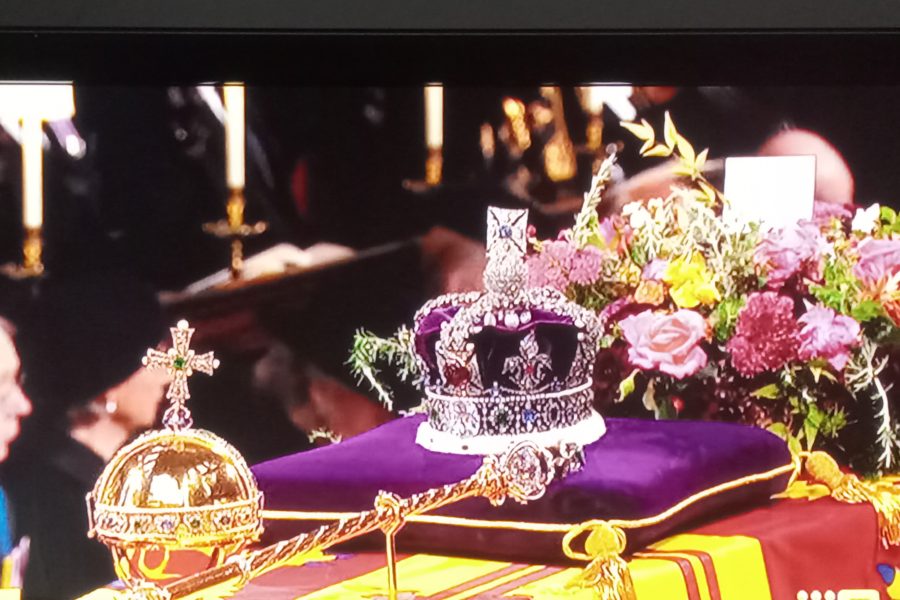A selection of Indian textiles was displayed in Melbourne at an exhibition themed ‘Sutr Santati: Then. Now. Next. Stories of India woven in thread.’
Celebrating 75 years of India’s independence, the exhibition celebrated innovation and artistry in textiles and was a collaboration between Melbourne Museum and the Abheraj Baldota Foundation.
The Indian textiles industry can be traced as far back as 3,500 BC, to the Indus Valley civilisation, where silks, wools and cottons were among fibres used.
The craft of textile making evolved over the centuries that followed. During the time of the Mughal Empire, from early 16th to the mid-18th century, crafted yarns became quite sophisticated. Emperors wore ornate robes made from textiles such as brocade, muslin and premium silk, often embroidered with gold or silver thread.
Garments made from wild goat’s hair cloth, mishmash, wool and cotton were also worn extensively in that time.

Textile designers and artisans in India today borrow from their heritage while exploring the boundaries of traditional textile art. The curated selection of elegant framed pieces on show at the Sutr Santati exhibtion illustrated the finely honed skills and craftsmanship in a contemporary presentation.

They included a wall panel designed by Nayaka Kalamkari and Sriyasmita Mishra from the Arks Studio which featured a tree with two birds and a group of people standing under the tree. The woven cotton piece was coloured by natural dye painting and batik.
Brinda Dhudat designed a patchwork piece made from handwoven cotton, tussar silk and clamped dyed silk, it presented linear shapes in terracotta, red and beige tones.
A painted and embroidered pashmina titled ‘Gratitude to the Freedom Fighter’ was developed by Waseem Ahmed from Antique Shawls, Dehli in collaboration with designer Atiq Ahemed.

A striking goddess image featured in a wall panel on cotton fabric made of organic yarns and coloured with natural dyes and hand painting. The Mata ni Pachedi was created by Sanjay Chitara and accented by cut stones and metal threads and embroidery by Tarun Tahiliani Studio Gujarat.
Myriad textural pieces on display at the exhibition featured weaving, spinning, dyeing and treating traditions that have evolved in India since the Silk Road, Mughal Empire and British Colonisation.

The Sutr Santati exhibition at Melbourne Museum ran for four months and finished in September, 2023. It displayed 75 handwoven works created by renowned crafts people and designers of India who were especially commissioned to create visually appealing textiles-as-art pieces for the exhibition.






